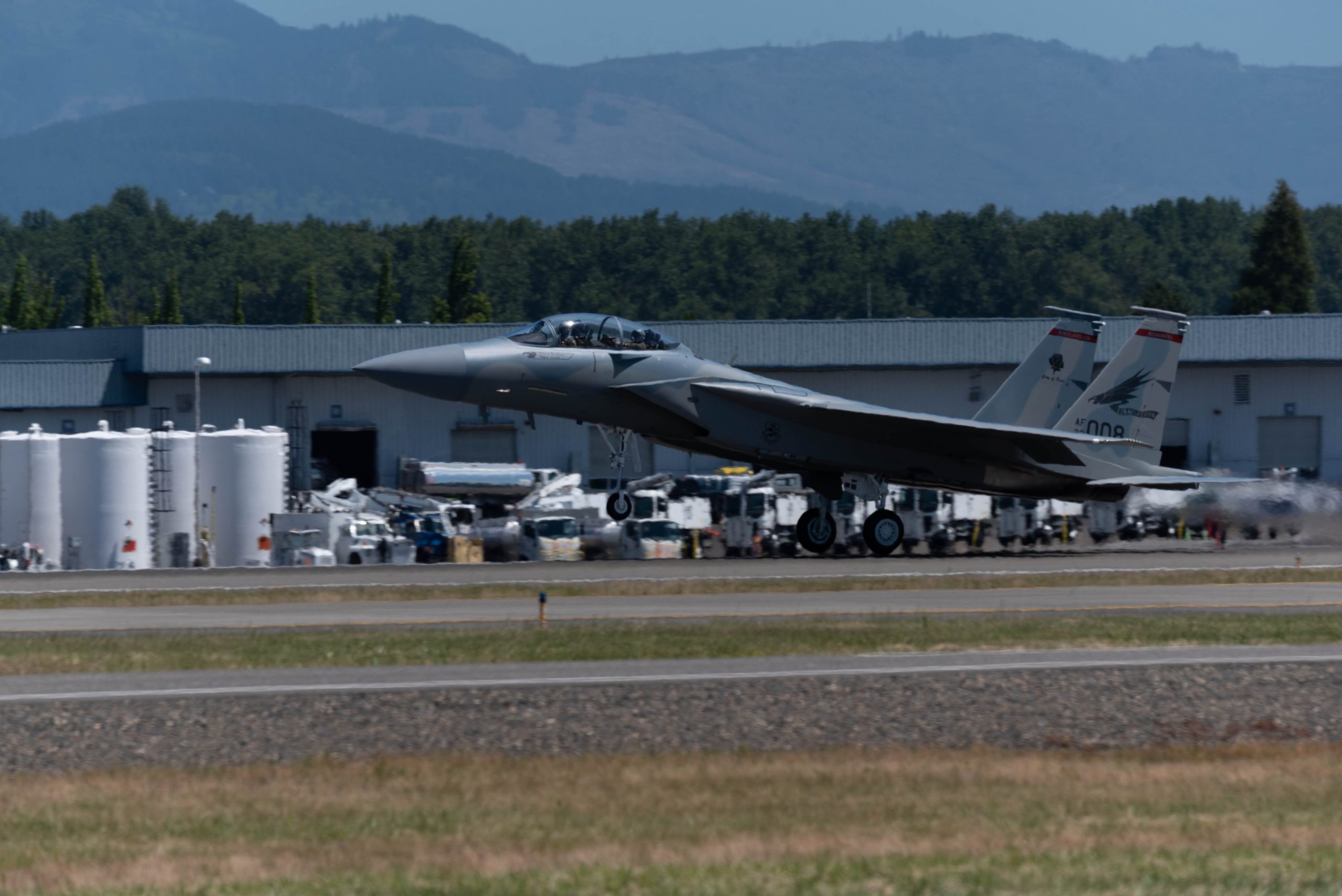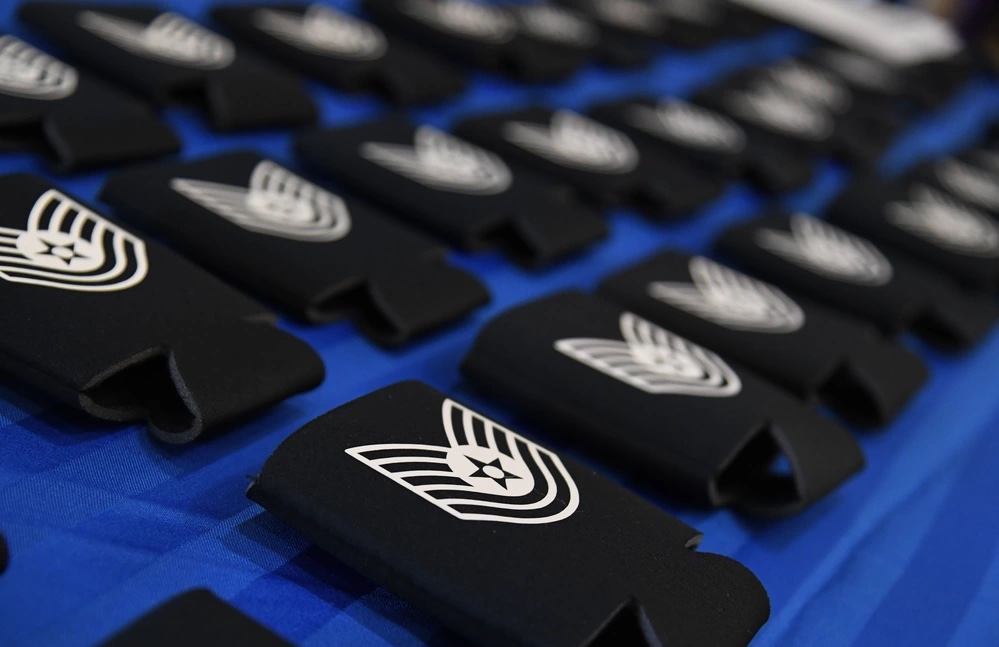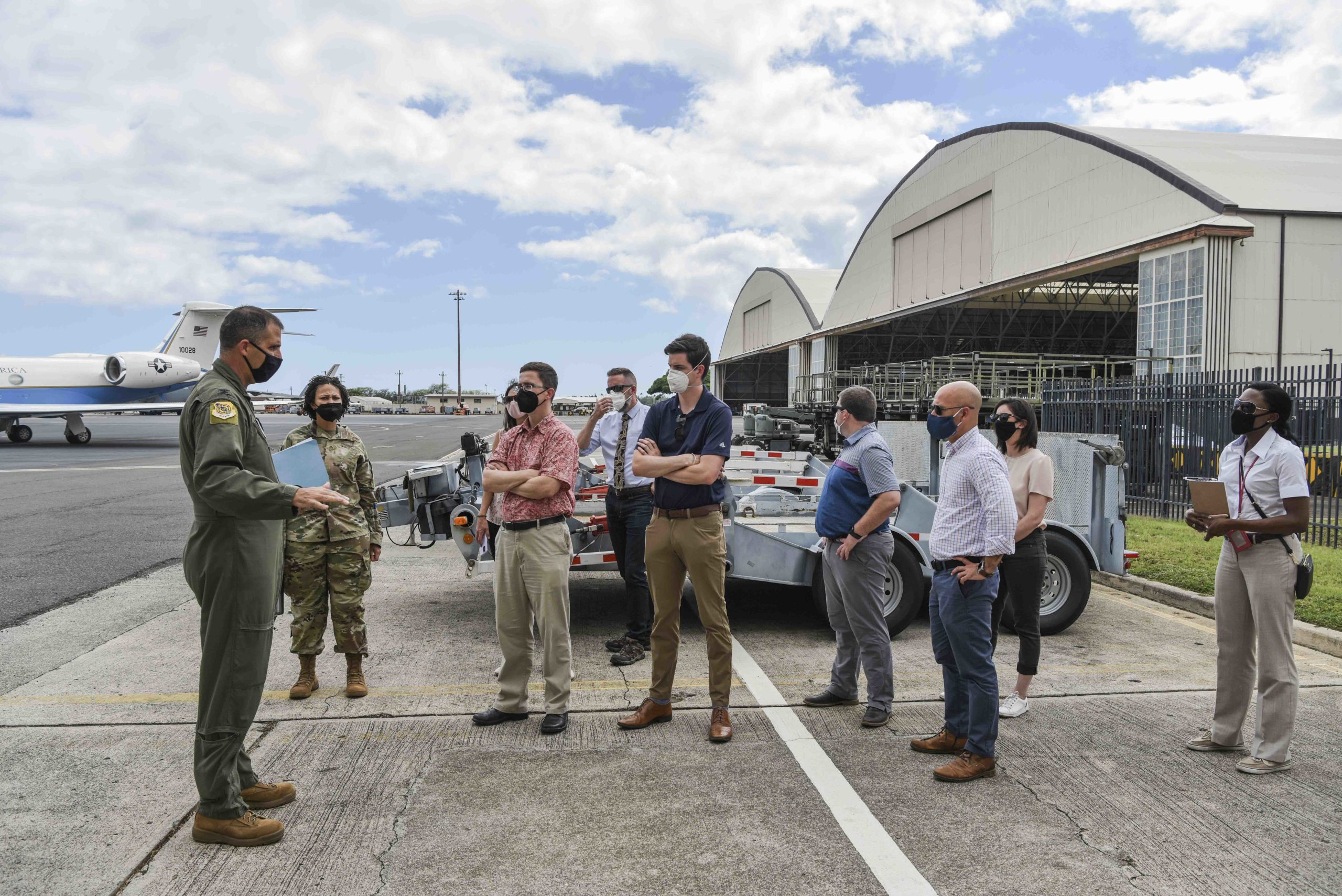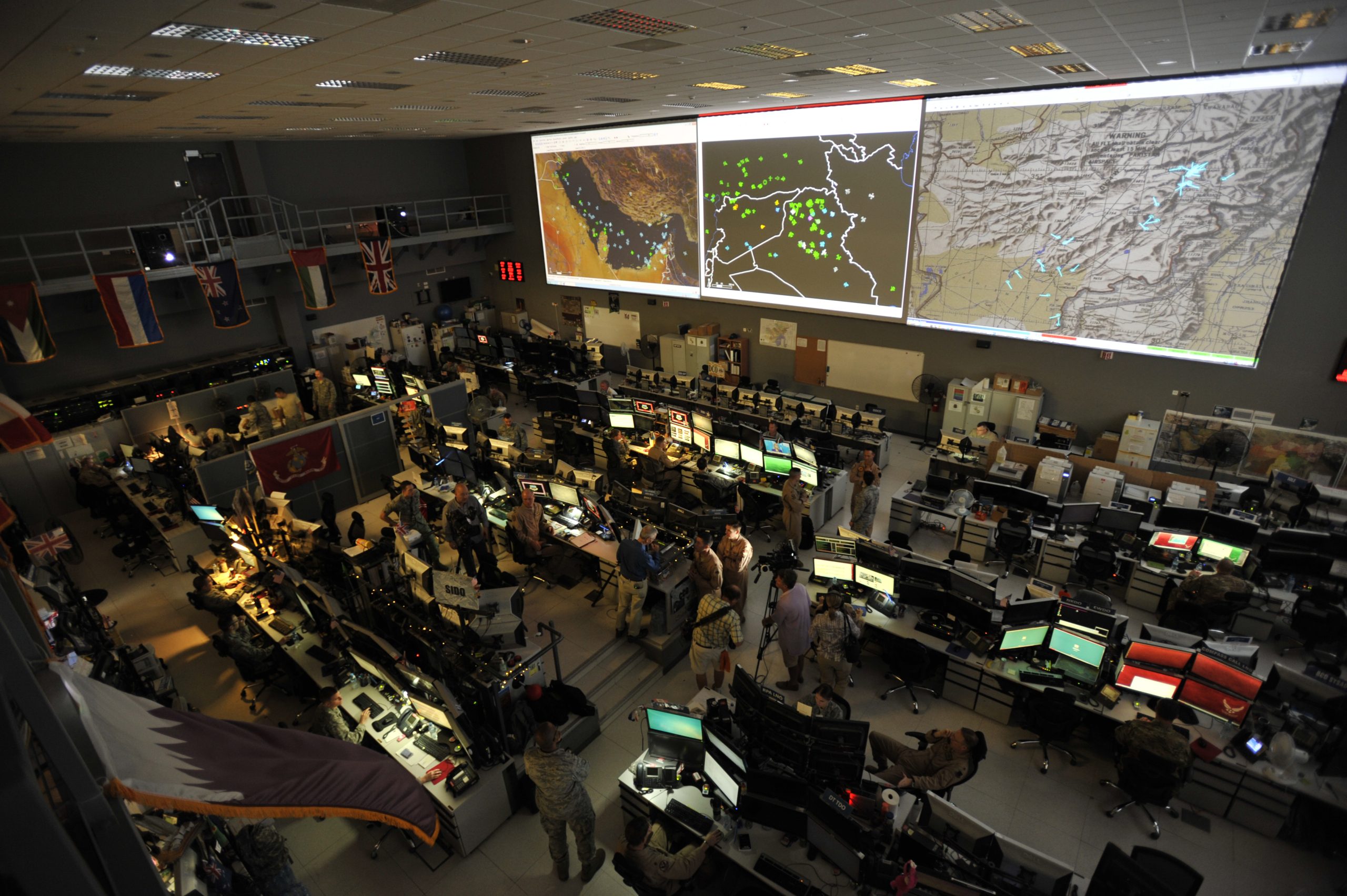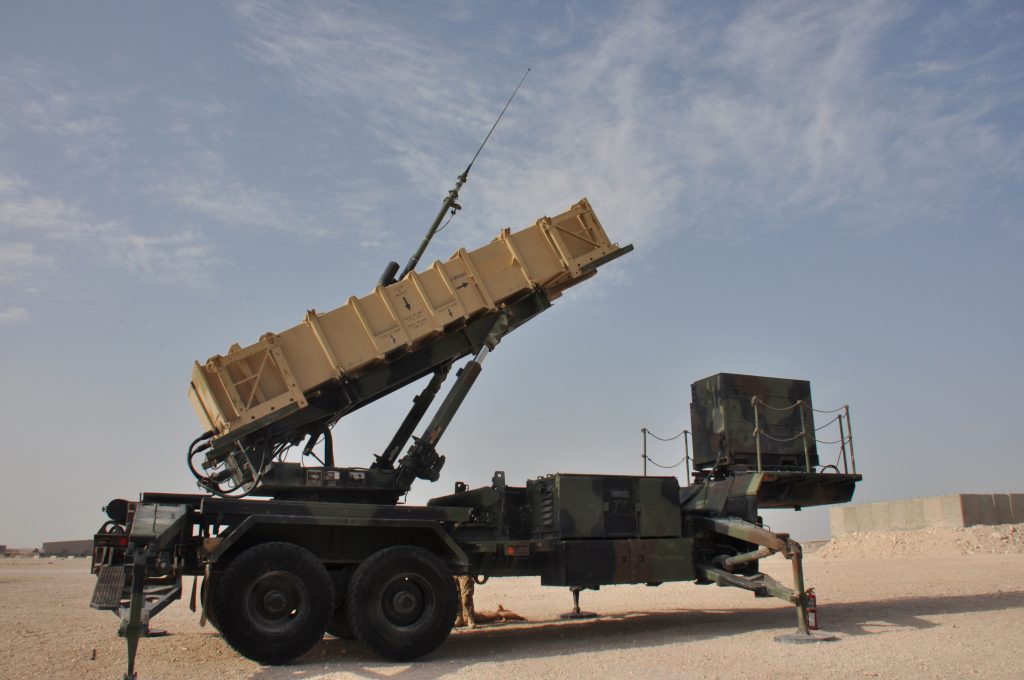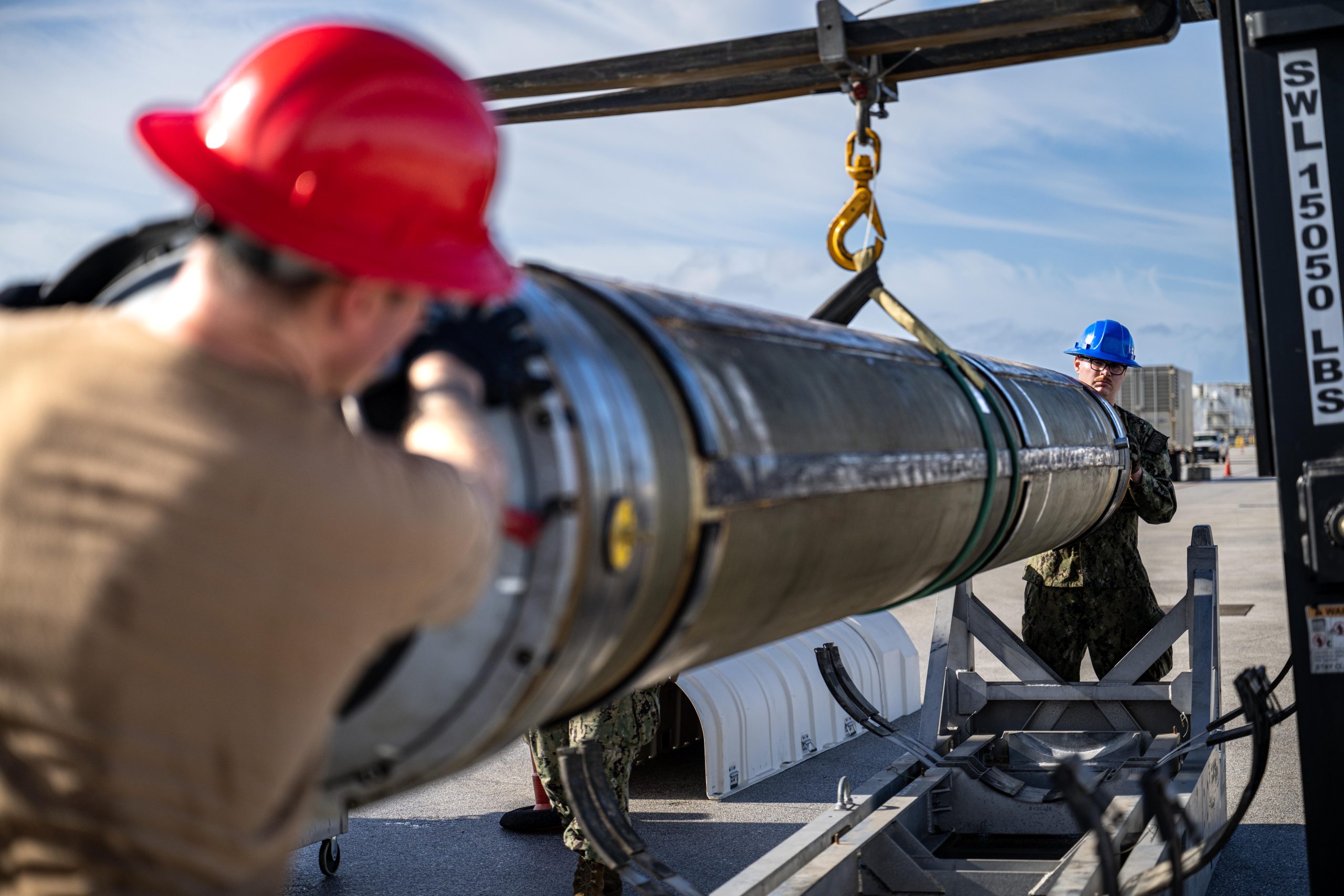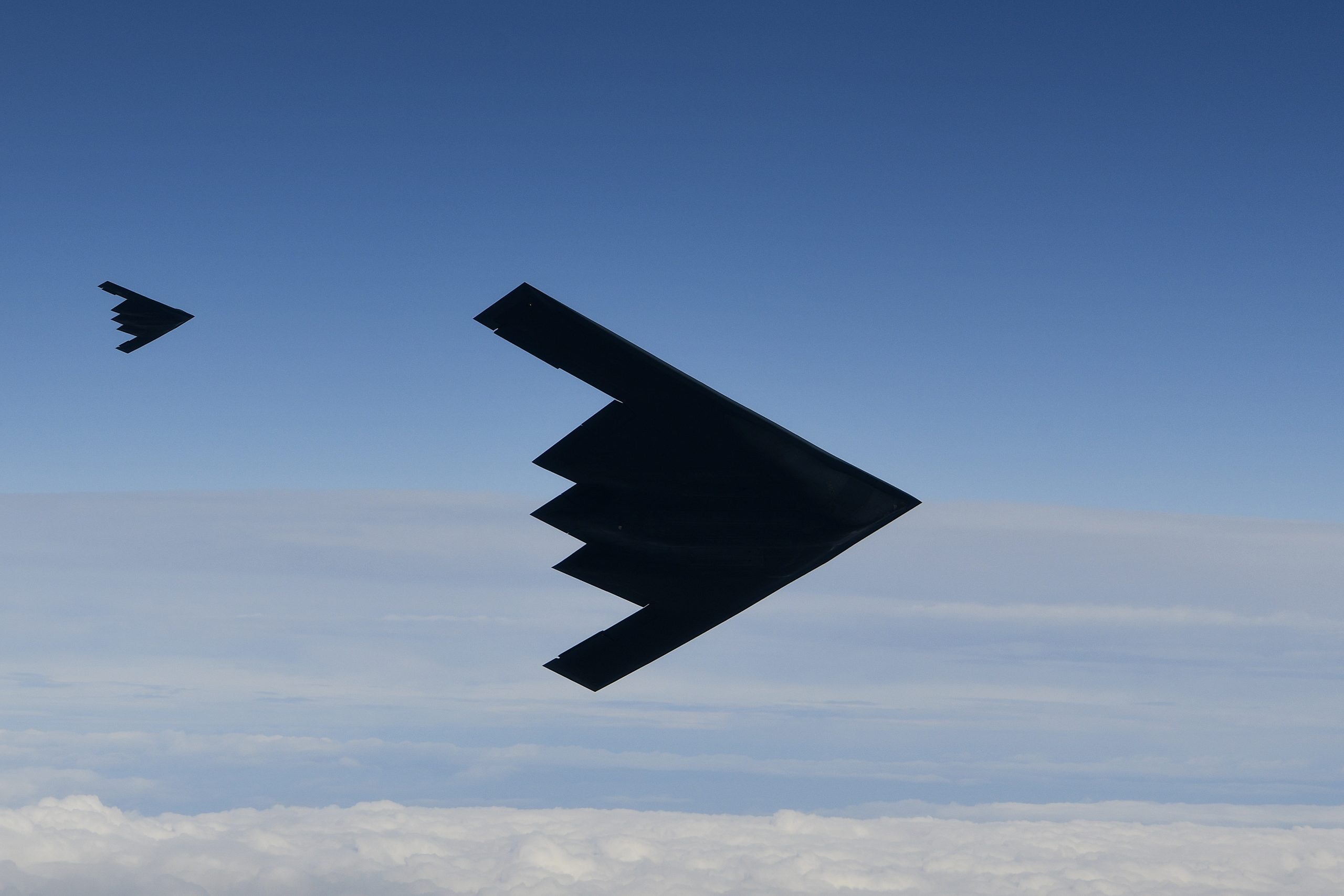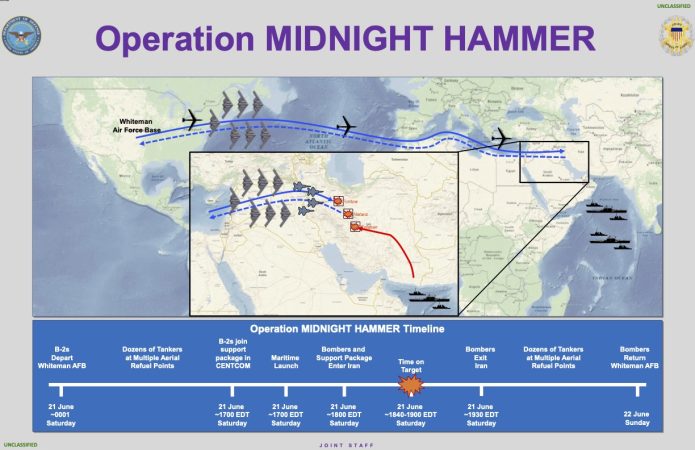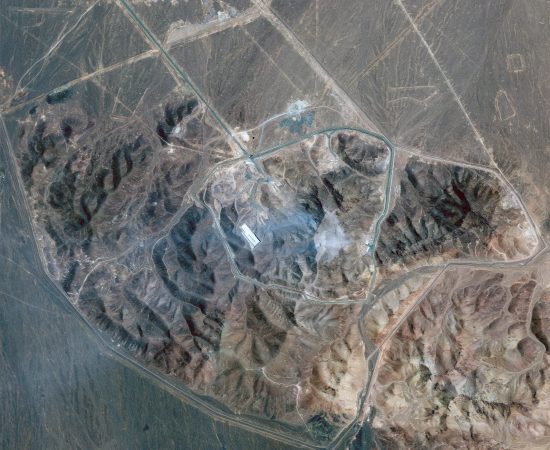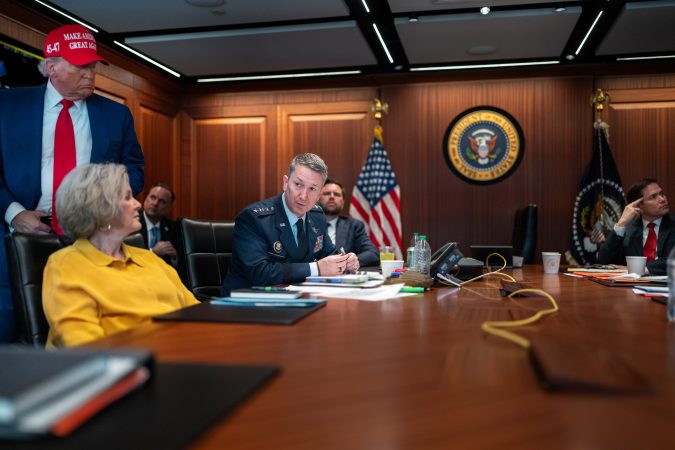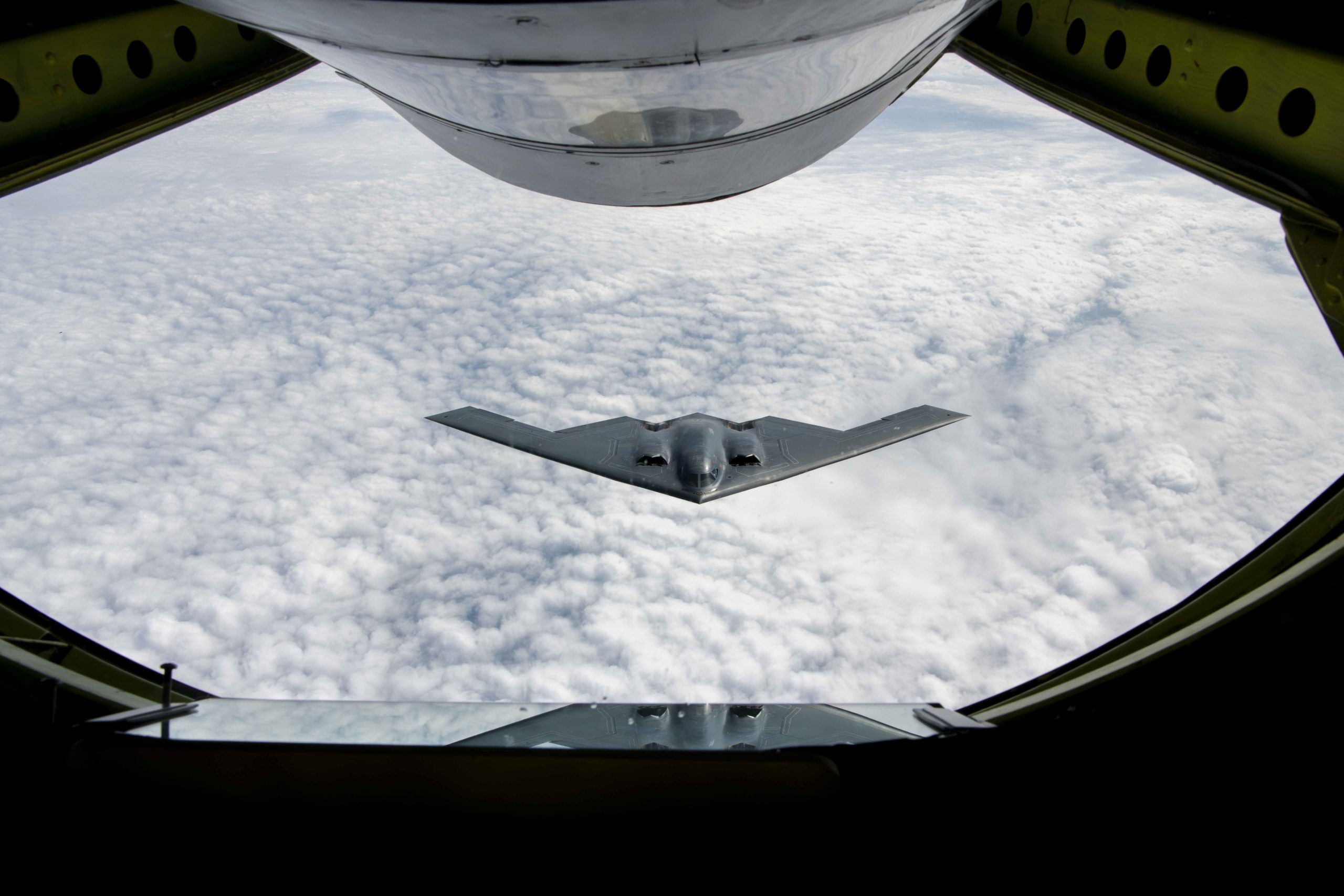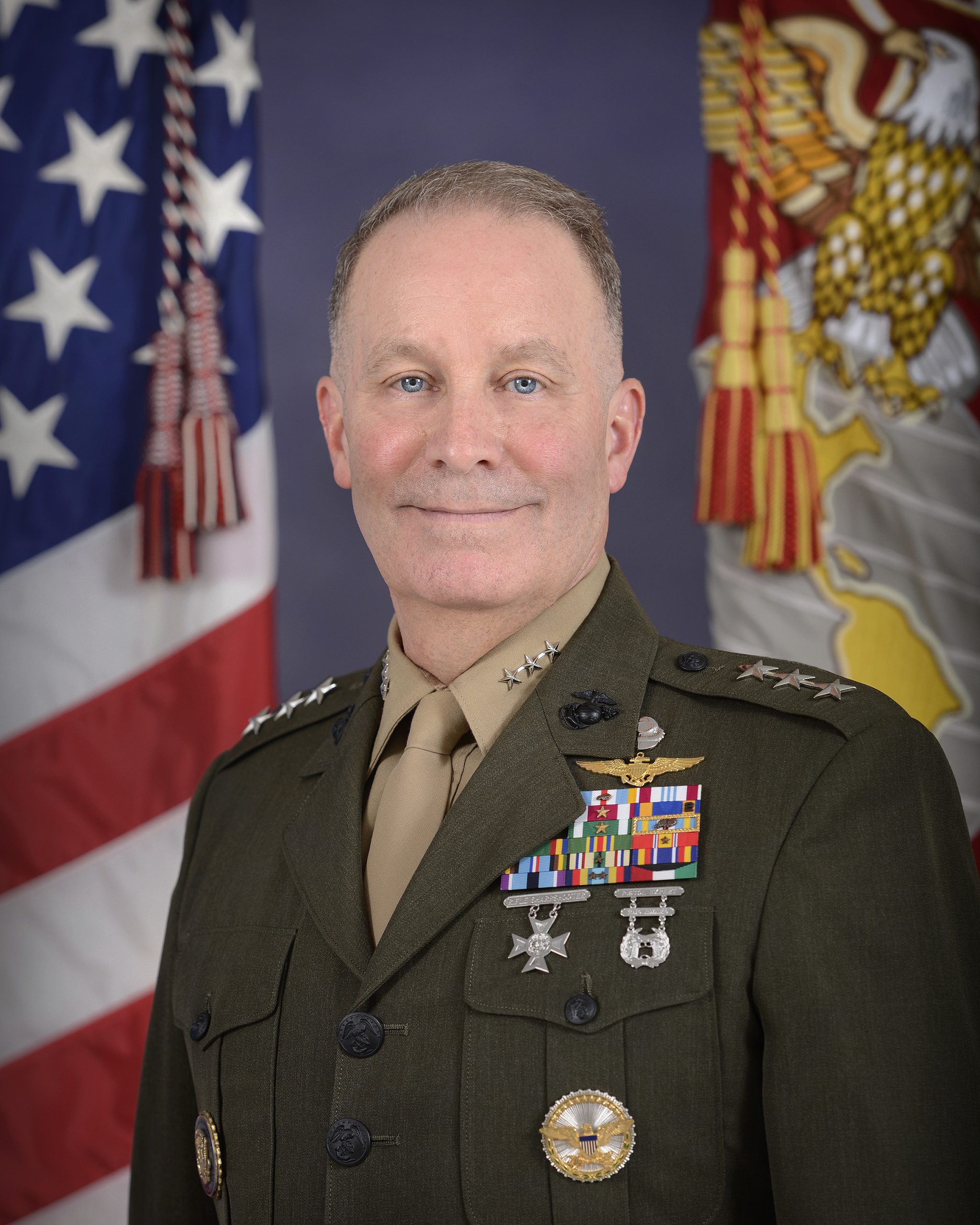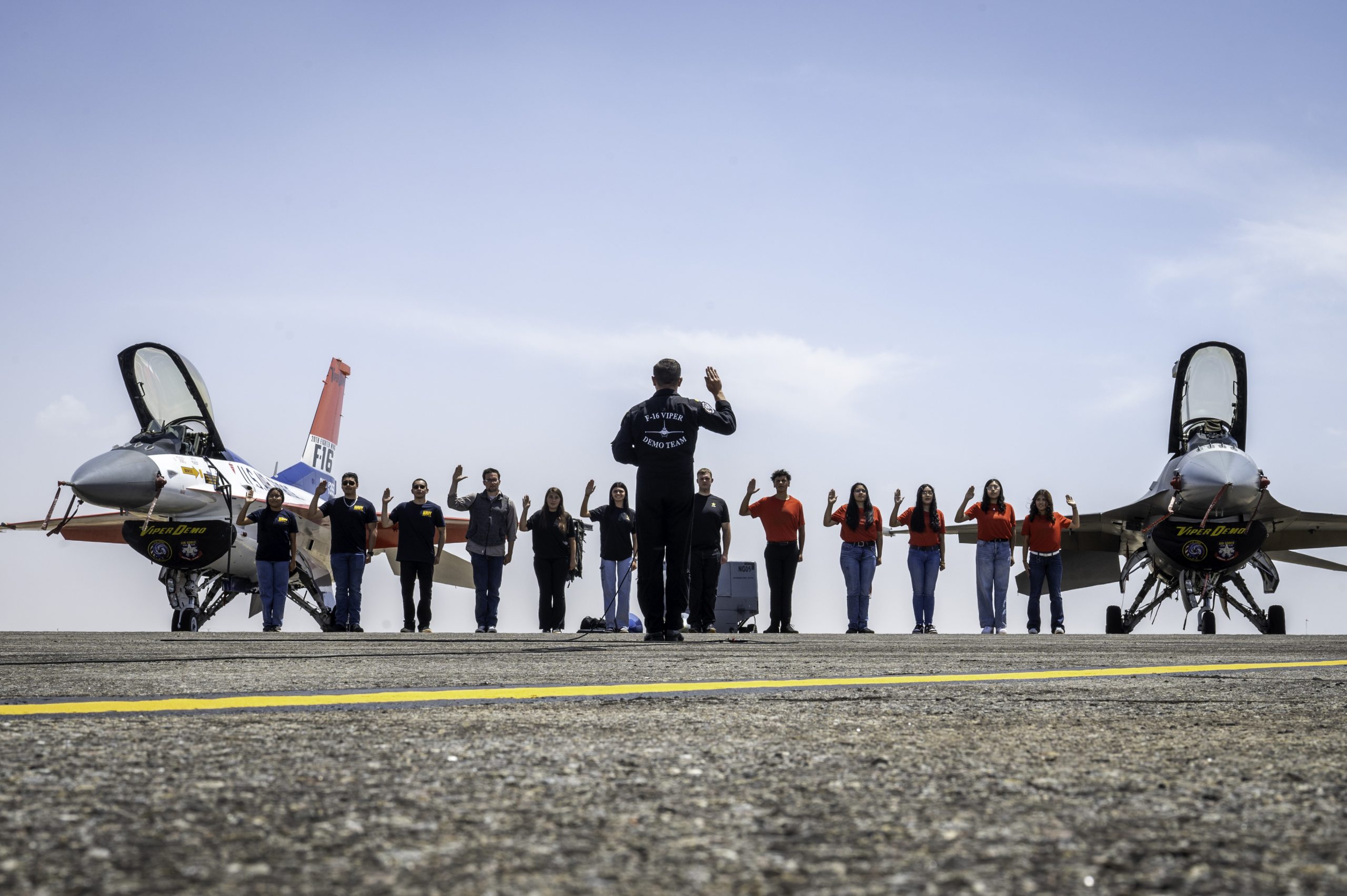Editor’s Note: This story was updated June 26 with additional comment from industry sources.
Supply chain issues are causing headaches for the Air Force’s new F-15EX fighter and its accompanying electronic warfare suite, the Government Accountability Office said in a recent report—even as Congress plans to pump an extra $3 billion into the program.
In its annual review of major weapons programs released June 11, the GAO acknowledged that the F-15EX—an advanced version of the F-15E fighter—has achieved full-rate production and initial operational capability. But the watchdog noted that risks remain, including parts shortages and previous quality deficiencies, as well as questions about whether the fighter will have the necessary cyber resiliency.
Separately, the GAO looked at the Eagle Passive/Active Warning and Survivability System, the electronic warfare suite that will equip all F-15EXs and retained F-15Es, and concluded that it is suffering from vanishing vendor syndrome supply issues and difficulty installing the system on legacy aircraft.
The Air Force originally planned to buy 144 F-15EXs but has reduced that figure—first to 104 in the fiscal 2023 budget request, then to 98 in the 2025 budget request. In the reconciliation bill now pending in Congress, lawmakers have proposed adding $3.1 billion for F-15EX procurement, without specifying a number of units. That amount would buy around 25 aircraft—likely a full squadron—based on previous lot prices.
F-15EX costs have come down; the GAO noted that the overall program has declined eight percent, from $13.3 billion to $12.3 billion, and unit costs have declined two percent, from $128.1 to $125.4 million. Those numbers are based on the 98-aircraft plan.
For the F-15EX aircraft itself, the GAO outlined three risks:
- Boeing will have to double its production rate “from one to two aircraft per month by April 2026 to meet its future delivery requirements.”
- “Parts shortages—including display screens, a gun system, ejection seat propellant devices, and titanium components—remain a production risk,” the report states.
- The F-15EX “may not meet” Air Force cybersecurity requirements because the aircraft was originally designed for Qatar, which did not have such a requirement, and was adapted to USAF use.
The watchdog agency noted that Boeing “experienced quality deficiencies” on early F-15EX fuselages “which required time-consuming rework.” However, the report said Boeing has “taken steps” to mitigate the problem—which had to do with improperly drilled holes—and reduced rework from 25 percent in August 2023 to eight percent a year later. Still, the program office told GAO that “further reductions are needed.”
The program office also told the agency that it continues to engage with suppliers to negotiate “prioritization” of F-15EX parts orders and the purchase of remaining supply stocks.
Meanwhile, cyber vulnerability testing has begun and is set to continue this year “to further characterize and mitigate this risk.” A plan is being developed to assess the aircraft for cyber resiliency, the GAO said.
“The cyber survivability evaluation will continue with Lot 2 aircraft due to planned changes in the fielding configuration and will be included” in follow-on test and evaluation,” GAO reported. The office of the Director of Operational Test and Evaluation is “currently analyzing the results of the survivability studies” and will report on its findings in mid-2025.
One of the chief differences between the F-15EX and a similar version offered for export is its electronic warfare suite, the EPAWSS. The Air Force awarded a $616 million contract for full-rate production in January.
The EPAWSS “continues to experience installation schedule and supply risks,” the GAO said. The program reported that Boeing “made improvements to address delays installing EPAWSS modifications on F-15E aircraft, but it faces bottlenecks in the process due to workforce issues and legacy aircraft issues discovered during the modification process.” The program is now “challenged” to achieve a “predictable installation schedule.”
The Air Force started installing EPAWSS during F-15E depot maintenance last year, but the program suffers from “diminishing manufacturing sources” problems. The program office told GAO it is dealing with that issue in part by planning to use a modular open systems approach for the EPAWSS signal processor, which should streamline upgrades.
The program office told GAO that “due to legacy maintenance issues and poor contractor performance” there will be a new delivery schedule for eight F-15Es being fitted with EPAWSS.
“Another two aircraft are proceeding on or ahead of their modification schedules, with the first delivery expected in spring 2025,” the GAO said.
Industry sources said the GAO’s annual report information can lag program status. Boeing said it delivered the first F-15EX of Lot 2—comprising 12 aircraft—in April, and that all of the lot is expected to be delivered this calendar year. Lot 3 jets will begin delivering in 2026. BAE said it is not experiencing supply chain issues on EPAWSS and “is currently delivering ahead of production needs for both F-15EX and F-15E jets.” The company said it is “making updates to EPAWSS now to address future diminishing manufacturing sources” and has “procured all EPAWSS materials to address [DMS] to meet the current forecasts and agreed-upon quantity through full-rate production Lot 6.”
